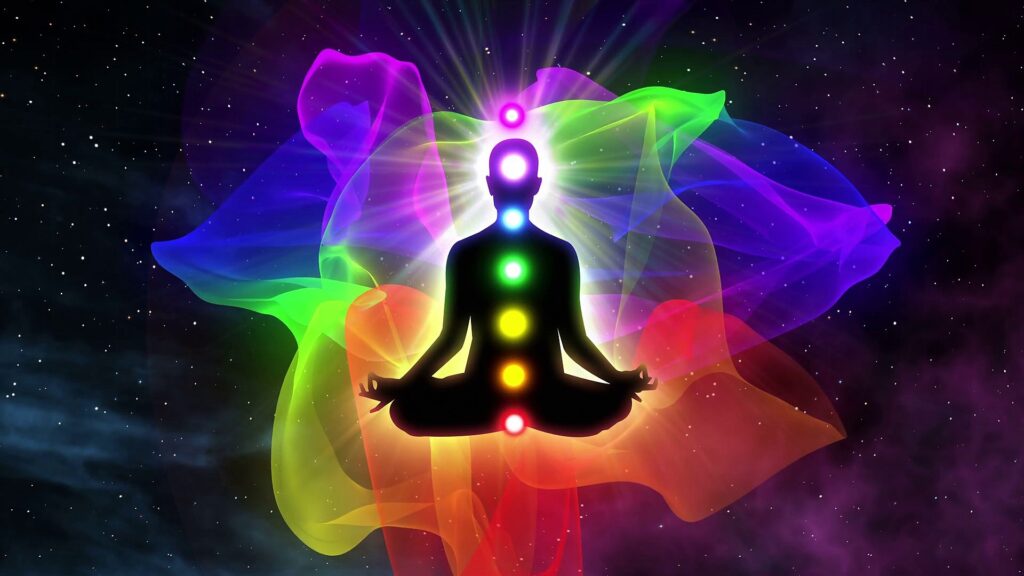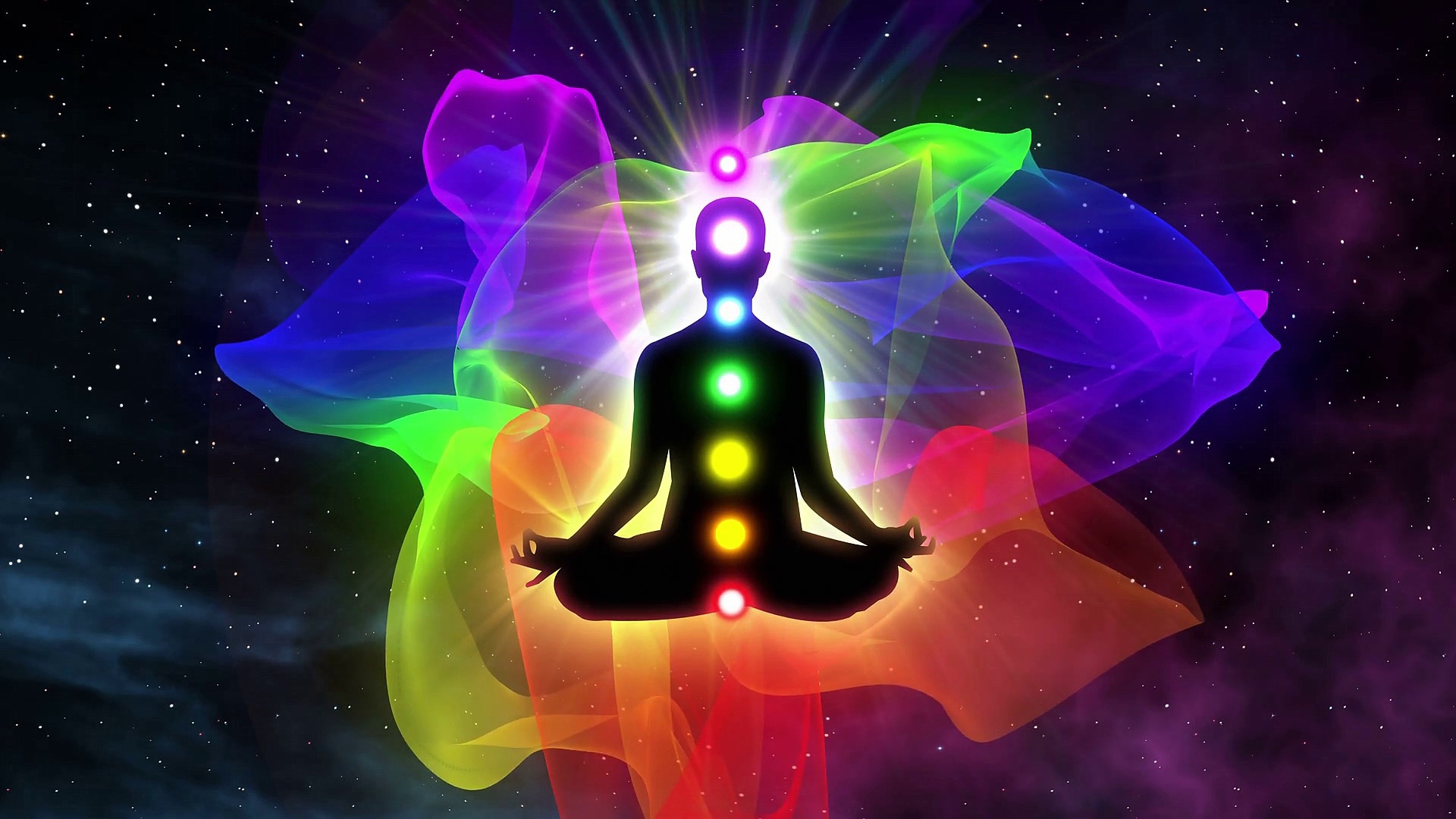Seven Chakra Meditation: A Journey to Inner Harmony – In today’s fast-paced world, finding inner peace and balance is essential for overall well-being. One powerful technique gaining popularity is Seven Chakra Meditation. This ancient practice is rooted in the belief that the human body contains seven energy centers, or chakras, that align along the spine. By balancing these chakras through meditation, individuals can achieve physical, emotional, and spiritual harmony.
Seven Chakra Meditation: A Journey to Inner Harmony

Understanding Chakras: What Are They?
Chakras, derived from the Sanskrit word meaning “wheel” or “disk,” refer to the energy centers within the body. Each chakra corresponds to different aspects of our physical, emotional, and spiritual being. When these chakras are balanced and aligned, energy flows freely, promoting overall health and well-being.
Importance of Balancing Chakras
Balancing chakras is crucial for maintaining harmony within the body and mind. When chakras are blocked or imbalanced, it can lead to physical ailments, emotional disturbances, and spiritual disconnect. Seven Chakra Meditation aims to restore balance and vitality to these energy centers, promoting holistic healing.
The Seven Chakras Explained
Root Chakra (Muladhara)
Located at the base of the spine, the Root Chakra represents our foundation and sense of security. It governs our basic survival needs, including food, shelter, and safety.
Sacral Chakra (Swadhisthana)
The Sacral Chakra, situated in the lower abdomen, is associated with creativity, pleasure, and emotional well-being. It governs our ability to enjoy life and form healthy relationships.
Solar Plexus Chakra (Manipura)
The Solar Plexus Chakra, located in the upper abdomen, is linked to our self-esteem, confidence, and personal power. It influences our sense of identity and purpose in life.
Heart Chakra (Anahata)
The Heart Chakra, positioned in the center of the chest, is the center of love, compassion, and forgiveness. It governs our ability to give and receive love unconditionally.
Throat Chakra (Vishuddha)
The Throat Chakra, located in the throat region, governs communication, self-expression, and authenticity. It enables us to express our thoughts and feelings openly and honestly.
Third Eye Chakra (Ajna)
The Third Eye Chakra, situated between the eyebrows, is associated with intuition, insight, and spiritual awareness. It governs our ability to see the bigger picture and trust our inner wisdom.
Crown Chakra (Sahasrara)
The Crown Chakra, located at the top of the head, represents our connection to the divine and higher consciousness. It is the gateway to spiritual enlightenment and cosmic unity.
Benefits of Seven Chakra Meditation
Seven Chakra Meditation offers a myriad of benefits for the mind, body, and spirit. Some of these include:
- Improved physical health and vitality
- Enhanced emotional well-being and mental clarity
- Increased self-awareness and mindfulness
- Deepened spiritual connection and inner peace
- Stress relief and relaxation
- Heightened creativity and intuition
- Strengthened immune system and overall resilience
How to Perform Seven Chakra Meditation
Performing Seven Chakra Meditation requires dedication, focus, and patience. Here’s a step-by-step guide:
Preparation
Find a quiet and comfortable space where you won’t be disturbed. Sit or lie down in a relaxed position, keeping your spine straight and shoulders relaxed.
Sitting Comfortably
Close your eyes and take a few deep breaths to center yourself. Relax your body and release any tension or stress you may be holding onto.
Focusing on Each Chakra
Starting from the Root Chakra, visualize each energy center as a vibrant spinning wheel of light. Take a few moments to focus on each chakra, noticing any sensations or emotions that arise.
Visualization and Breathing Techniques
As you focus on each chakra, imagine a stream of healing energy flowing through it, cleansing and balancing it. Coordinate your breathing with each chakra, inhaling positive energy and exhaling any negativity or blockages.
Tips for Effective Seven Chakra Meditation
- Practice regularly to maintain chakra balance and alignment.
- Listen to soothing music or guided meditations to enhance your experience.
- Trust your intuition and allow yourself to surrender to the process.
- Stay hydrated and nourished to support your body’s energy flow.
- Be patient and gentle with yourself, acknowledging any resistance or discomfort that arises.
Common Challenges and Solutions
- Challenge: Difficulty focusing during meditation.
- Solution: Use guided meditations or visualization techniques to stay focused.
- Challenge: Feeling overwhelmed by emotions or sensations.
- Solution: Practice grounding techniques or seek support from a qualified meditation instructor.
- Challenge: Struggling to maintain a consistent meditation routine.
- Solution: Set realistic goals and establish a regular schedule that works for you.
Integrating Seven Chakra Meditation into Daily Life
Incorporating Seven Chakra Meditation into your daily routine can have profound effects on your overall well-being. Consider starting or ending your day with a short meditation practice, or integrate chakra balancing techniques into your yoga or mindfulness exercises.
Understanding the Science Behind Chakra Meditation
While the concept of chakras may seem esoteric, there is growing scientific evidence supporting the benefits of energy healing practices like Seven Chakra Meditation. Studies have shown that meditation can positively impact brain function, reduce stress hormones, and improve overall health outcomes.
Exploring Different Seven Chakra Meditation Techniques
There are various techniques and approaches to Seven Chakra Meditation, ranging from traditional to modern practices. Explore different methods such as mantra chanting, crystal healing, or Reiki to find what resonates with you.
Combining Chakra Meditation with Other Practices
To enhance the benefits of Seven Chakra Meditation, consider combining it with other holistic practices such as yoga, aromatherapy, or acupuncture. Integrating these modalities can amplify your healing journey and promote holistic wellness.
Conclusion
Seven Chakra Meditation offers a powerful path to inner healing and self-discovery. By balancing and aligning the seven energy centers within the body, individuals can cultivate greater harmony, vitality, and well-being. Whether you’re seeking stress relief, emotional healing, or spiritual growth, incorporating chakra meditation into your daily life can lead to profound transformation and enlightenment.
Unique FAQs
- Can anyone practice Seven Chakra Meditation?
- Yes, Seven Chakra Meditation is suitable for people of all ages and backgrounds. However, it’s essential to approach the practice with an open mind and willingness to explore your inner landscape.
- How long does it take to experience the benefits of chakra meditation?
- The timeline for experiencing benefits from chakra meditation varies for each individual. Some people may notice immediate changes, while others may require consistent practice over time to see results.
- Is Seven Chakra Meditation a religious practice?
- While Seven Chakra Meditation has roots in ancient spiritual traditions, it is not inherently tied to any specific religion. It can be practiced by people of diverse faiths or spiritual beliefs.
- Can chakra meditation cure physical ailments?
- While chakra meditation can promote physical health and well-being, it is not a substitute for medical treatment. It can complement conventional healthcare practices and support the body’s natural healing processes.
- How often should I practice Seven Chakra Meditation?
- The frequency of chakra meditation practice depends on individual preferences and goals. Some people may benefit from daily practice, while others may find weekly sessions sufficient. Listen to your body and adjust your practice accordingly.




